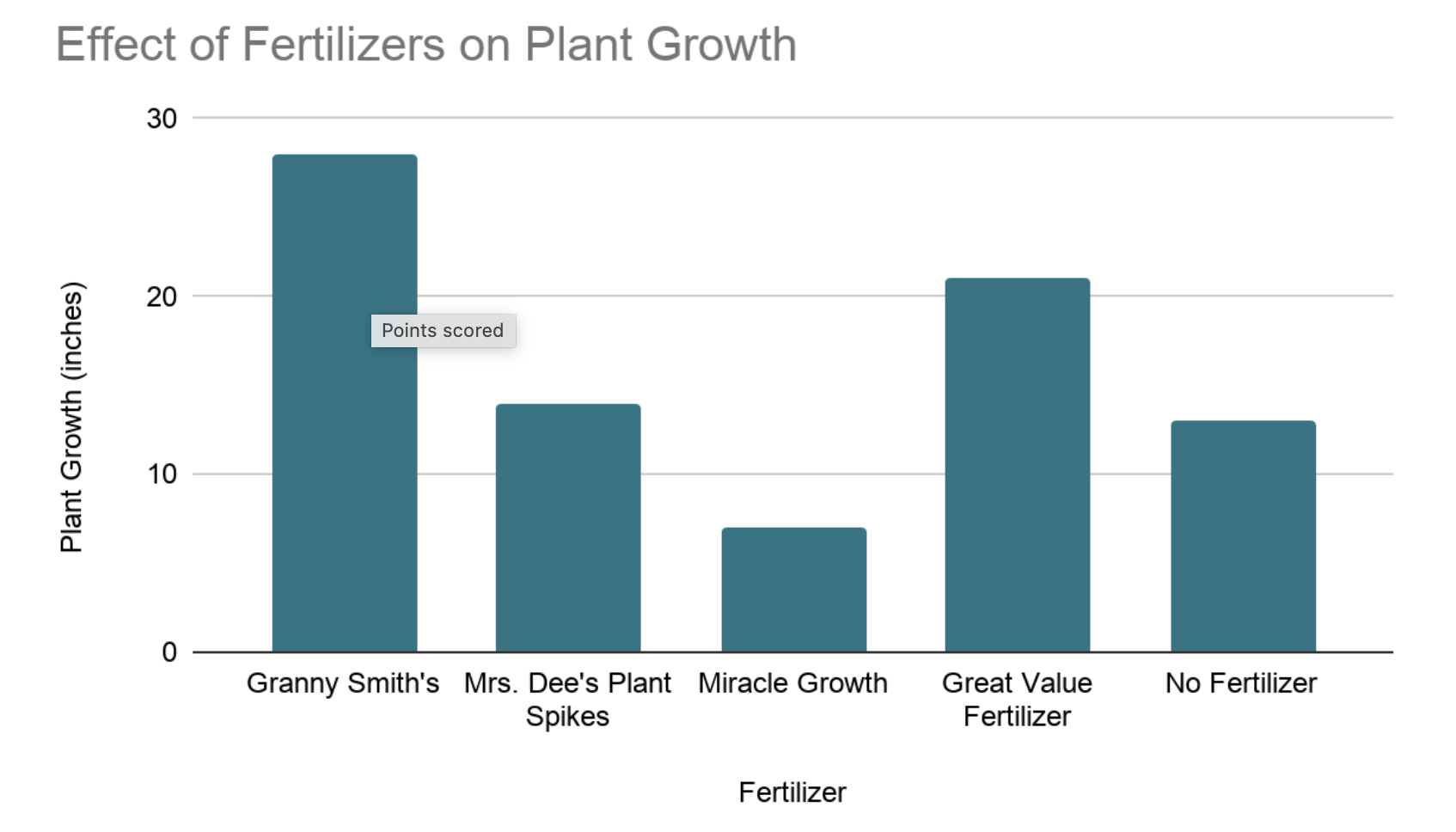AP Bio Free Response Question for Commercial Fertilizers
👋 Welcome to the AP Bio Unit 3 FRQ (Commercial Fertilizers). These are longer questions, so grab some paper and a pencil, or open up a blank page on your computer. After you finish, you can see how you did with Unit 3 FRQ (Commercial Fertilizers) Answers.
⏱ The AP Biology exam has 6 free-response questions, and you will be given 90 minutes to complete the FRQ section. (This means you should give yourself ~15 minutes to go through each practice FRQ.)
- 🤔 Need a quick refresher of the unit as a whole? Check out the Unit 3 Overview.
-
- 😩 Getting stumped halfway through answering? Look through all of the available Unit 3 Resources.
Setup
Commercial fertilizers contain high percentages of nitrogen and phosphorus that promote rapid plant growth.
Graph 1

Questions
(a) Identify the macromolecules supported by fertilizers containing high percentages of nitrogen and phosphorus.
(b) Using the below graph, predict which fertilizer has the lowest concentrations of nitrogen and phosphorus. One of the fertilizers has approximately half the amount of nitrogen and phosphorus of Granny Smith’s. Propose which fertilizer this is.
(c) An indoor greenhouse loses power, and while the building is appropriately insulated to maintain temperature and has appropriate airflow, there is no light. Tomato plants in the greenhouse utilize the energy and electron-carriers generated from the light-dependent phase of photosynthesis to generate glucose. However, after about a day, there is not enough energy left to continue any photosynthesis at all. Explain why the lack of light halts all photosynthesis after approximately twenty-four hours, instead of immediately.
(d) Organisms living at the bottom of the ocean survive in a very hostile environment without light energy to power their metabolic foundation. However, microorganisms living near hydrothermal heat vents have managed to survive using an alternative method to photosynthesis. They harvest energy from the heat of the hydrothermal vents to manufacture their own food and supply the food chain above them. Name and describe the metabolic method used by microorganisms at the bottom of the ocean that is powered by hydrothermal vents.
Answers & Rubric
💯 Ready to see how you did? Take a look at the Unit 3 FRQ (Commercial Fertilizers) Answers.
<< Hide Menu
AP Bio Free Response Question for Commercial Fertilizers
👋 Welcome to the AP Bio Unit 3 FRQ (Commercial Fertilizers). These are longer questions, so grab some paper and a pencil, or open up a blank page on your computer. After you finish, you can see how you did with Unit 3 FRQ (Commercial Fertilizers) Answers.
⏱ The AP Biology exam has 6 free-response questions, and you will be given 90 minutes to complete the FRQ section. (This means you should give yourself ~15 minutes to go through each practice FRQ.)
- 🤔 Need a quick refresher of the unit as a whole? Check out the Unit 3 Overview.
-
- 😩 Getting stumped halfway through answering? Look through all of the available Unit 3 Resources.
Setup
Commercial fertilizers contain high percentages of nitrogen and phosphorus that promote rapid plant growth.
Graph 1

Questions
(a) Identify the macromolecules supported by fertilizers containing high percentages of nitrogen and phosphorus.
(b) Using the below graph, predict which fertilizer has the lowest concentrations of nitrogen and phosphorus. One of the fertilizers has approximately half the amount of nitrogen and phosphorus of Granny Smith’s. Propose which fertilizer this is.
(c) An indoor greenhouse loses power, and while the building is appropriately insulated to maintain temperature and has appropriate airflow, there is no light. Tomato plants in the greenhouse utilize the energy and electron-carriers generated from the light-dependent phase of photosynthesis to generate glucose. However, after about a day, there is not enough energy left to continue any photosynthesis at all. Explain why the lack of light halts all photosynthesis after approximately twenty-four hours, instead of immediately.
(d) Organisms living at the bottom of the ocean survive in a very hostile environment without light energy to power their metabolic foundation. However, microorganisms living near hydrothermal heat vents have managed to survive using an alternative method to photosynthesis. They harvest energy from the heat of the hydrothermal vents to manufacture their own food and supply the food chain above them. Name and describe the metabolic method used by microorganisms at the bottom of the ocean that is powered by hydrothermal vents.
Answers & Rubric
💯 Ready to see how you did? Take a look at the Unit 3 FRQ (Commercial Fertilizers) Answers.

© 2025 Fiveable Inc. All rights reserved.